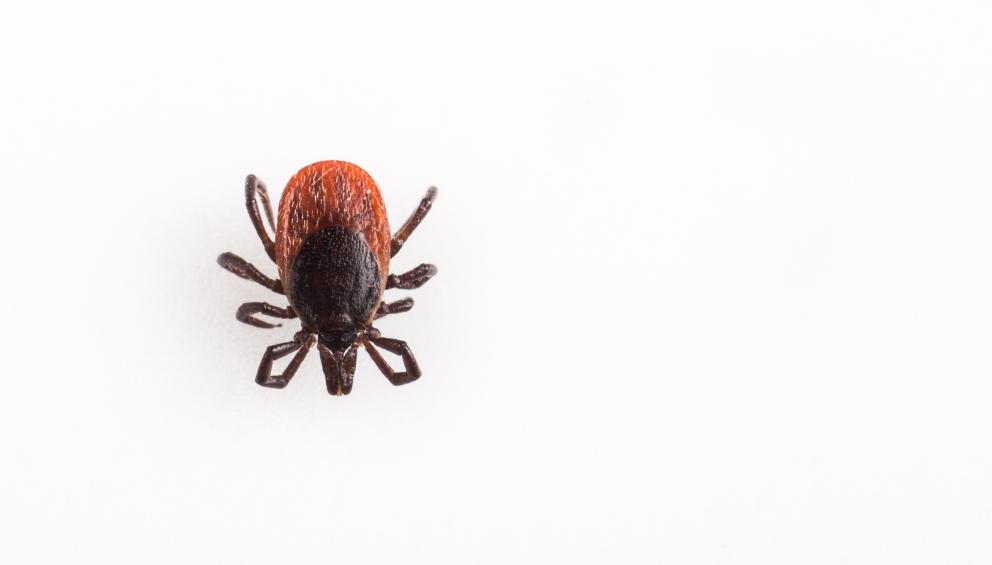You are here
Tick Submission Program

Alberta is a great place for people and our pets to roam especially in our beautiful open spaces and wilderness. Sometimes we have to watch out for dangers we can see, and some that may not be as visible such as ticks. Ticks, small spider-like arachnids, are parasites that secure themselves on a host animal (Human, pet, or wildlife) by biting, and burying their heads deeply under the skin. Tick bites alone pose no tangible threat to the host animal – it is the possible contraction of Lyme disease and other infections that makes tick awareness so important.
Ticks are most active in Alberta during the spring, summer and fall seasons and can be active when the temperature is above 4 degrees Celsius. Some species of ticks live in Alberta year-round, while others come in through migrating birds that carry ticks from warmer areas during the spring.
Alberta Health leads tick surveillance in the province, testing ticks for the presence of the bacteria to better understand the risk of Lyme disease in Alberta. Through a tick submission program, Alberta Health monitors the types of ticks that attach to companion animals, livestock and humans, and also those found in the environment. If you find a tick on a person, pet, or in the wild, you can submit a photograph of it to the Alberta Submit-a-Tick program via the eTick website or application.
eTick.ca - A free program for identifying and submitting tick information in Canada
e-tick.ca is a public platform for image-based identification and population monitoring of ticks in Canada.
If you or your pet have encountered a tick, you can submit photos on eTick.ca for identification by a professional. The identification results, combined with other information such as collection date and locality, can then be compiled and mapped so that all users may visualize the information related to any/all species for any given year and/or geographical area.
Access to eTick.ca is free and it is not necessary to contribute data in order to consult the database.
Consult With Your Veterinarian for More Information
If you’re unsure whether you or your pet have come into contact with a tick, contacting your veterinary practice is always a safe and sure way to gather more information. Your veterinary team can help take you through the process of identifying and submitting a tick, and help provide more details regarding the steps needed if there is evidence that you or your pet have encountered a tick or tick bite.
